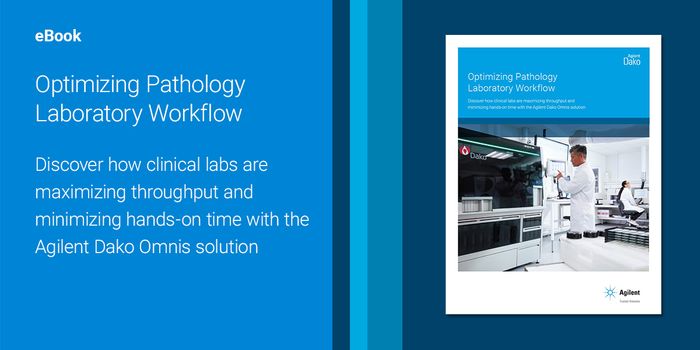
Why does cancer flourish more often in certain tissue (in the colon, say) than in others (bone)? Random mutations, which happen in normal, dividing stem cells may be the key culprit for this striking variation, impacted less so by hereditary and environmental cues, according to researchers.
Cristian Tomasetti, PhD, assistant professor, Division of Biostatistics and Bioinformatics, Department of Oncology, Sidney Kimmel Comprehensive Cancer Center, Johns Hopkins University School of Medicine, Baltimore, and Bert Vogelstein, MD, Clayton Professor of Oncology and Pathology, director, Ludwig Center for Cancer Genetics & Therapeutics, The Johns Hopkins Kimmel Cancer Center, found a solid association between the number of typical stem cell divisions in a tissue in a person's lifetime and the rate that cancer occurred in that tissue.
"While there are, of course, many cancers where primary prevention has huge positive effects-such as vaccines against infectious agents, quitting smoking, or other altered lifestyles-our analysis seems to indicate that, for many other cancers, primary prevention may not be as effective overall," Tomasetti says. "However, this does not imply at all that there is not much we can do to prevent those cancers. It just highlights the importance of secondary prevention, such as early detection. We should probably focus more resources and research on finding ways to detect cancer at early, curable stages."
The startling finding that "bad luck" is such a big factor in cancer developing in different tissues could have a plus, in that it may allow researchers to devise successful strategies to thwart the various cancer types.
The researchers' initial plan was to yank the "bad luck" element from the mix and concentrate on the role of other two elements, but they discovered that just one-third of the variation in cancer occurrence in tissues was spurred by both inherited predisposition and the environment.
The findings, published in an article titled "Variation in cancer risk among tissues can be explained by the number of stem cell divisions" in the journal Science, are found here: bit.ly/154tfsa
"In many tissues, there is a hierarchy of cells-some live for a long time and keep a tissue in equilibrium by producing other, more specialized cells, which only live for a few days or weeks," Tomasetti says. "We thought it was important to focus only on the long-lived type of cells-the stem cells-that will carry over mistakes if and when they are made, by transferring them to their progeny."
Tomasetti says it is not only about how many stem cells there are. "It's also about how many times they divide. When you combine these values, you can estimate how many of these 'risky' mutation events happen," he says.
Image: Two-thirds of the variation in cancer incidence can be explained by the ‘bad luck' of mutations that occur during stem cell division.
 Why does cancer flourish more often in certain tissue (in the colon, say) than in others (bone)? Random mutations, which happen in normal, dividing stem cells may be the key culprit for this striking variation, impacted less so by hereditary and environmental cues, according to researchers.
Why does cancer flourish more often in certain tissue (in the colon, say) than in others (bone)? Random mutations, which happen in normal, dividing stem cells may be the key culprit for this striking variation, impacted less so by hereditary and environmental cues, according to researchers.







